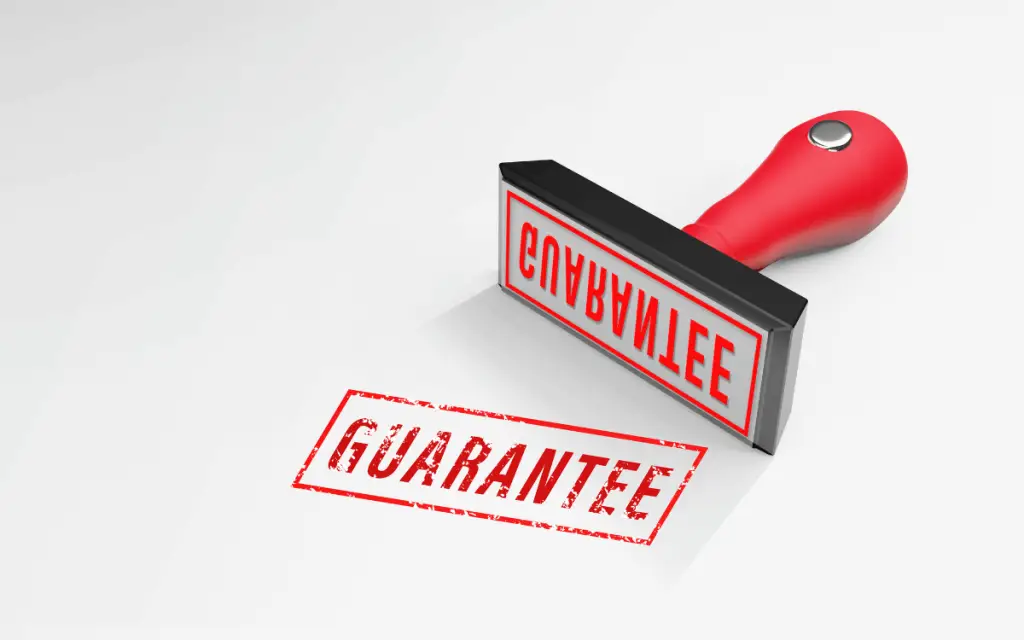What is Bottom-Line Improvement?

The overall productivity and efficiency of an organization can be measured through increasing returns. Companies must ensure that effective management, sustainable methodologies, and skills management are in place to achieve this. These are significant in a company’s profit margin since they are critical factors which directly affect cost and quality production. Understanding the importance of practicing lean quality procedures and efficient risk strategies have great impact to the overall cost and financial performance of an organization. Therefore, a lean and sustainable methodology is vital and should be implemented to achieve production efficiency and significant improvements in profit margins.
QSE understands that a company’s methodologies are a crucial facet in the success of increasing financial returns. Methodologies are the framework in which a company effectively operates to achieve its full potential both in performance and financial competitiveness. QSE designed and developed the Bottom-Line Improvement program to aid organizations who are looking to optimize their investment and see significant results in their gains through lean methodologies. This program consists of a 10-Step Disciplined Path with the use of diverse quality management tools such as Lean tools, Six Sigma tools, and Statistical Process Control (SPC) tools. The Bottom-Line Improvement program also utilizes disciplined problem solving approaches such as design of experiments and 8D problem solving techniques.
By incorporating proven quality management strategies in QSE’s program, the Bottom-Line Improvement program guarantees 15% bottom-line improvement from the established baseline performance of the facility’s profits. The program addresses issues concerning critical areas of business which are considered high risk and have grave impact on cost. These issues are project life cycle, recouping investment, product segmentation, capital demands, and competitive costing. By properly implementing the Bottom-Line Improvement program, organizations can also manage changes brought by different factors essential to the growth of company’s profits.
The Bottom-Line Improvement program is a 12-month project that guarantees savings and higher quality in production. By implementing the Bottom-Line Improvement program, you can easily measure profits by projects and have objective controls in determining milestones and areas of improvement. This should result in an improved strategy in increased productivity and cost reduction.
QSE has designed a 10-Step Disciplined Path for achieving results from efforts to obtain substantial and guaranteed Bottom-Line Improvement. The Bottom-Line Improvement (BLI) program is one of QSE’s most in-demand excellence tools, delivering significant improvements to an organization’s overall production and cost. By implementing this 12-month program through our very own 10-Step Disciplined Path, QSE has successfully helped organizations experience a 15% improvement on their workforce’s performance.
10-Step Disciplined Path for Sustained Benefits:
To effectively improve/sustain bottom-line results, QSE uses the following disciplined path:
- Bottom-Line Improvement-focused problem selection
- Establish baseline results and performance metrics
- Training in effective problem solving concepts
- Application of tools/concepts
- Develop disciplined methods/tools for implementation
- Measure & monitor for improvement
- Fine tune/optimize for improvement
- Monitor for sustainability
- Develop instructions/procedures for sustainability
- Review, Recognize, & Reward
Effective Tools for Bottom-Line Improvement:
- Profit/Loss Statement Analysis
- Kaizen Events
- Error-Proofing
- Waste/Muda Reduction Techniques
- OEE (Overall Equipment Effectiveness)
- Systematic Problem-Solving Techniques
- Lean and 6S
- Team-Oriented Problem-Solving using Defined Disciplines and Statistics
- Six Sigma – Process Control Techniques
- Bottom-line improvement may be initiated by top management as one of the strategic planning steps to improve profitability of the organization.
- Bottom-line Improvement projects are executed by organizations’ first-level and middle-level employees.
- It is preferred that Cross-Functional teams may be formed to implement bottom-line improvement projects to get an overall perspective about the problem(s).
- Organizations recognizing the needs to improve team work, motivation, and morale within their workforce may initiate such projects to inculcate team spirit and goal-oriented achievements.
- Reduction of operating costs, improvement in financial performance, and higher customer satisfaction
- Improved quality in production and profit margins
- Higher competitiveness to achieve greater market share
- Cost-effective skills management and employee retention practices
- Maximized investments in supply chain management critical to product distribution
- Optimized production leading to higher revenue returns
- Efficient workforce and work procedures
- Adaptability to change through tested quality risk management methodologies
- Quality production and higher customer satisfaction
- Cost efficiency resulting to higher profitability
By leveraging the vast experience it has, QSE has designed a Seven Step Approach to Problem Solving:
- Define the problem
- List suspect variables
- Prioritize selected variables using subjective rating system
- Evaluate critical variables
- Optimize critical variables which impact the solution
- Monitor and measure results
- Reward/recognize team members
(1) Define the Problem (Vital Few – Trivial Many)
Define the problem with respect to specific issues that may be causing losses. Example: scrap generated, loss of production due to bad quality, etc.
(2) List All Suspect Variables
List all the problems which may be hindering your bottom-line. Place them in a histogram with as many categories as required.
(3) Prioritize Selected Variables Using Subjective Rating System
Select problems based on a simple principle of Vital Few (a select few problems which contribute to most deficiencies within the facility).
(4) Evaluate Critical Variables
QSE advises on methods to determine variables which are causing the losses and other methods to gather data for prioritized problems.
(5) Brainstorm for Optimizing Critical Variables Which Impact the Solution
QSE helps organizations to come up with causes that are creating problems and the effects that are caused by them. The details of this exercise are to be represented in the Fishbone Diagram or Ishikawa Diagram.
With its vast experience, QSE guides and conducts brainstorming sessions in the facility to identify KAIZEN (small, incremental projects) to bring in improvements, create a bench mark to be achieved, identify the variables, implement, and measure results to verify if the variable was adequate to achieve the desired results.
(6) Monitor and Measure Results
QSE helps facilities to implement incremental improvements and gather data to see the results of the efforts in improvements.
(7) Reward/Recognize Team Members
QSE will provide all kinds of support in identifying the great contributors to the success of the projects and make recommendations to management to recognize the efforts in a manner which befits the organization to keep up the morale of the contributors.






